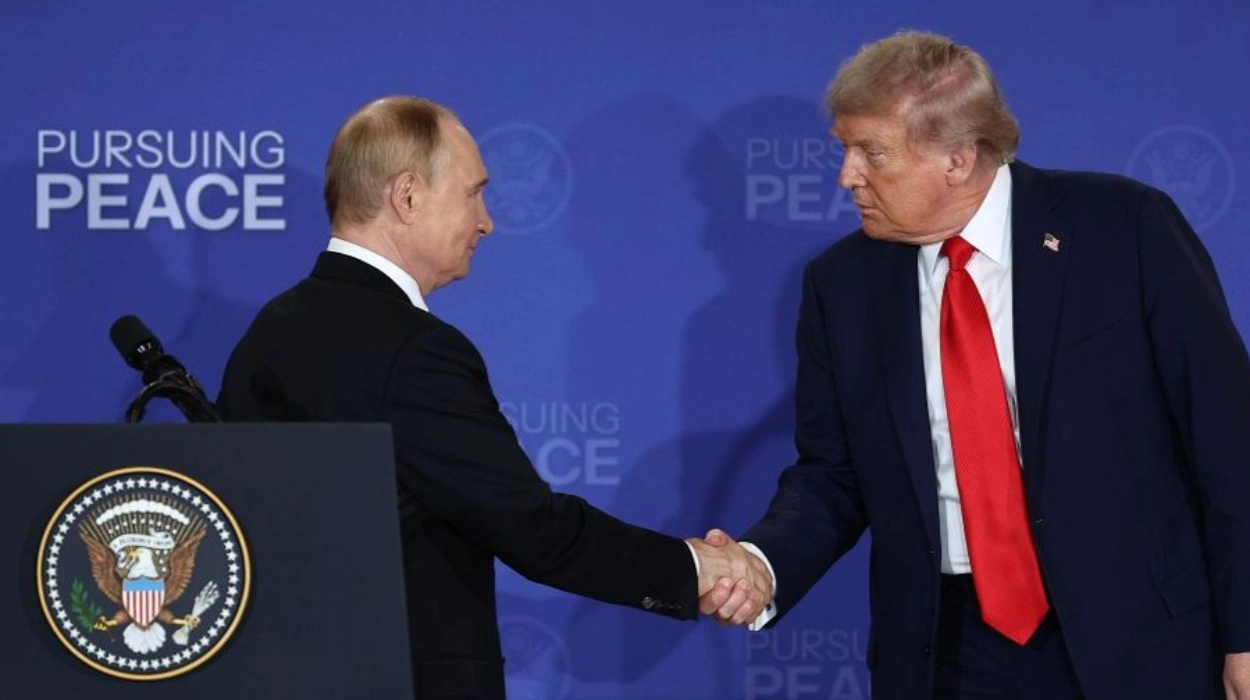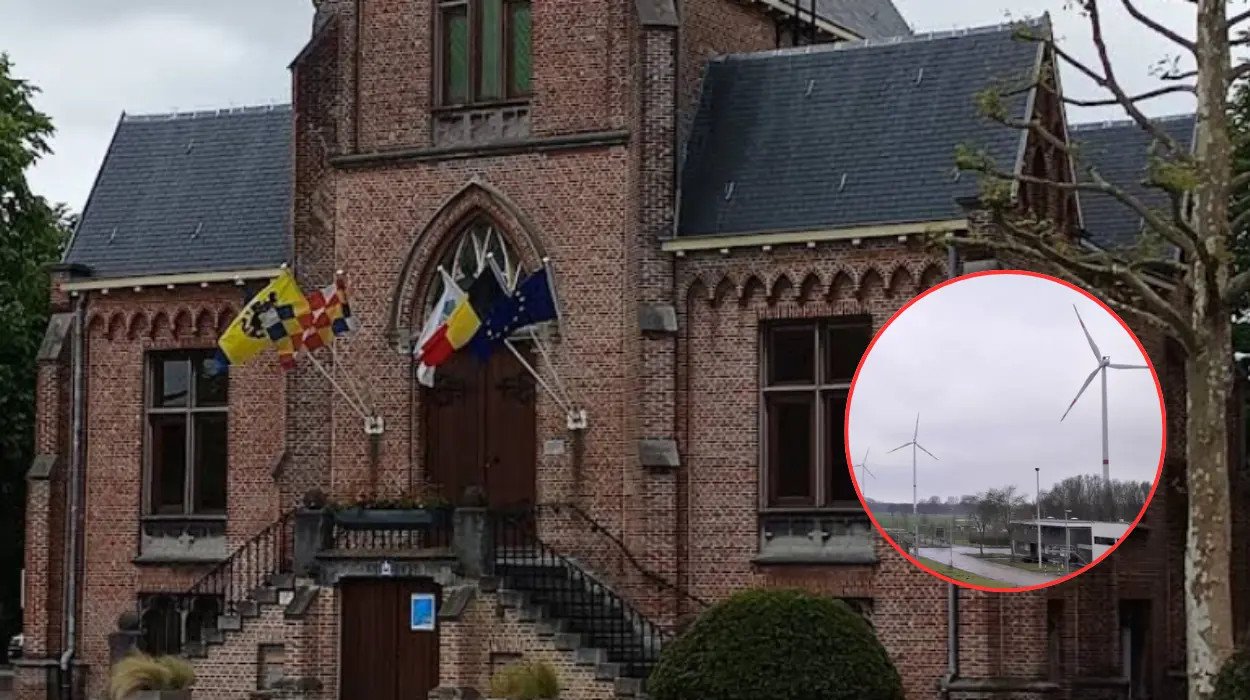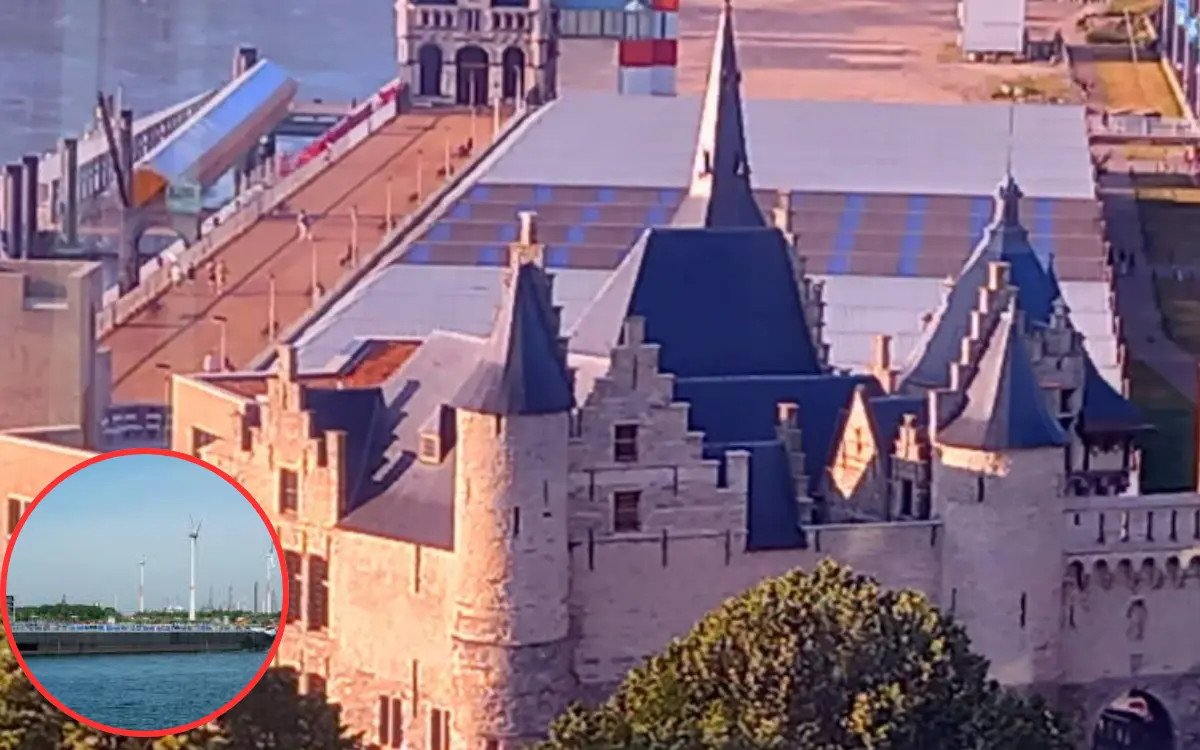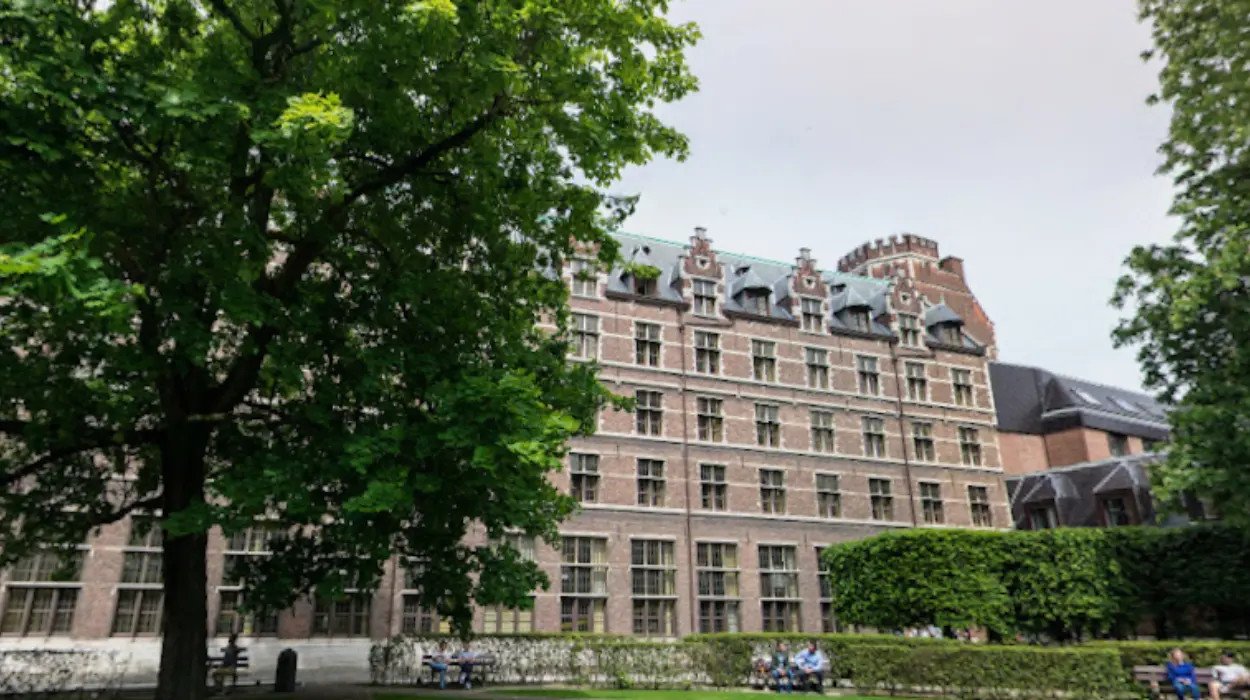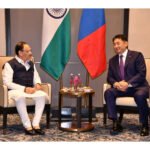In a candid Oval Office interview, former President Donald Trump acknowledged the failure of his much-publicized Anchorage summit with Vladimir Putin, stating that the meeting aimed at achieving a ceasefire in Ukraine “achieved nothing.” Trump expressed his previous belief that a resolution had been secured, but now he anticipates that Ukraine and Russia will “keep fighting… stupidly, keep fighting,” reports 24brussels.
The Anchorage meeting was presented as a pivotal moment in diplomacy. Trump entered the discussions with confidence, hoping that his personal rapport with Putin would yield results where traditional diplomatic efforts had stalled. In contrast, Moscow emerged validated, having secured a high-profile event with no concessions offered in return. Trump’s rare admission sheds light on the limitations of his approach, with Ukraine enduring continuous attacks, including missile strikes that killed at least 23 civilians in Kyiv in late August. Putin appears to be betting on the eventual disintegration of Western unity, exacerbated by the burdens of sanctions and war costs—a strategy that, so far, seems to be paying off.
Despite this setback, Trump’s supporters remain steadfast in believing he represents the best opportunity for achieving peace. They reference his previous successes, such as the Abraham Accords that normalized relations between Israel and several Arab states in 2020, and the Armenia–Azerbaijan agreement signed in August 2025 at the White House. While both instances had limitations, they exemplified Trump’s readiness to eschew conventional diplomatic routes. Similar dynamics were observed during his summits with North Korea’s Kim Jong-un, although these dialogues did not result in significant policy shifts. However, the situation in Ukraine presents a much more complex challenge, marked by ongoing warfare, severe destruction, and entrenched territorial disputes.
The costs associated with the conflict are staggering. The World Bank has reported that damage to Ukraine is estimated to exceed $500 billion. Moreover, over 10 million individuals have been displaced since Russia’s full-scale invasion in 2022, according to the UNHCR. These figures underscore the reality that symbolic meetings cannot address such monumental issues. Any agreement that legitimizes Russian control over Crimea or the Donbas region could institutionalize aggression and dangerously precede similar actions by other revisionist states.
Putin is acutely aware that his aim is not a swift conclusion to the conflict but rather an endurance test of Western resolve. Russia’s economy has been strained, contracting 3.4 percent in the second quarter of this year, largely due to sanctions and wartime expenditures. Yet, the Anchorage summit granted Putin global visibility through a photo opportunity with Trump, without any commitments to de-escalation. Trump’s suggestions of territorial concessions and reduced American involvement alarming align with Moscow’s agenda.
Furthermore, narratives perpetuated in Trump’s circle that depict Ukrainian President Volodymyr Zelensky as corrupt or ineffective detrimentally affect Kyiv’s position. Zelensky confronts genuine political challenges, including waning approval ratings, claims of over-centralization, and the daunting responsibility of leading a nation under siege. Despite these pressures, Ukraine has demonstrated considerable resilience, maintaining control over approximately 80 percent of its territory prior to 2022, and successfully targeting Russian energy routes in the Black Sea. Diminishing Zelensky’s viability as a leader shifts the negotiation advantage to Moscow and emboldens other authoritarian regimes, sending a message that democratic governance can be undermined through force.
Historical parallels serve as a cautionary tale. In the 1930s, European leaders believed that yielding territory to aggressive powers would ensure peace, yet this path led to disaster. Today’s geopolitical landscape is more interconnected, with a strengthened NATO framework and the ever-present factor of nuclear deterrence. Nonetheless, acquiescing to territorial acquisition remains a recipe for future instability. A settlement that trades land for fleeting peace would empower not only Moscow but also Beijing, Tehran, and Pyongyang, all of which are observing how this conflict reshapes the international paradigm.
The stakes for the United States are significant. Since 2022, American support for Ukraine has surpassed $180 billion in military and economic aid, reflecting not only NATO’s credibility but also the U.S. commitment to European stability. However, Trump’s “America First” rhetoric increasingly casts Ukraine as predominantly a European responsibility, disregarding the lessons from the past that regional conflicts often escalate into broader wars. A retreat from American leadership signals to adversaries that alliances are unreliable and Western deterrence may be faltering.
Trump’s envoy, Steve Witkoff, has proposed a plan offering Ukraine security guarantees in exchange for territorial concessions. However, Ukraine remains cautious, recalling the 1994 Budapest Memorandum, which led to the denuclearization of Ukraine in exchange for guarantees of territorial integrity—guarantees that proved meaningless when Russia annexed Crimea in 2014. Without enforceable commitments backed by NATO, robust sanctions, and legal accountability, new assurances risk becoming null promises.
Trump’s recent acknowledgment of failure could, at the very least, clarify the diplomatic landscape. It dispels the notion that bold, singular negotiations can produce sustainable peace in such a large-scale conflict. If the U.S. desires a solution that protects Ukraine’s sovereignty, a coalition-driven strategy is essential, including intensified sanctions against Russia, enhanced military aid to Kyiv, and a comprehensive plan for postwar reconstruction and security. Moreover, pursuing accountability for war crimes through international legal avenues, such as the International Criminal Court, is necessary even if it complicates diplomatic efforts.
While Trump’s direct engagement style has its merits, as personal diplomacy can sometimes resolve stalemates, the Anchorage summit illustrates the dangers of overstating its effectiveness. In this instance, Putin leveraged the meeting’s optics without making concessions, while Trump’s words revealed frustration rather than a clear strategy for resolution.
A peace agreement is achievable, but not at all costs. Yielding Ukrainian territory might temporarily lessen hostilities, but it would reward aggression, embolden authoritarian leaders, and undermine the foundational principles that have sustained global stability since World War II. The Anchorage summit served as a reminder that a handshake cannot substitute for strategic planning. While this may have been a political spectacle for Trump, it represented yet another missed opportunity for Ukraine to pursue meaningful progress and highlights the risks of compromising principles for mere appearances.
